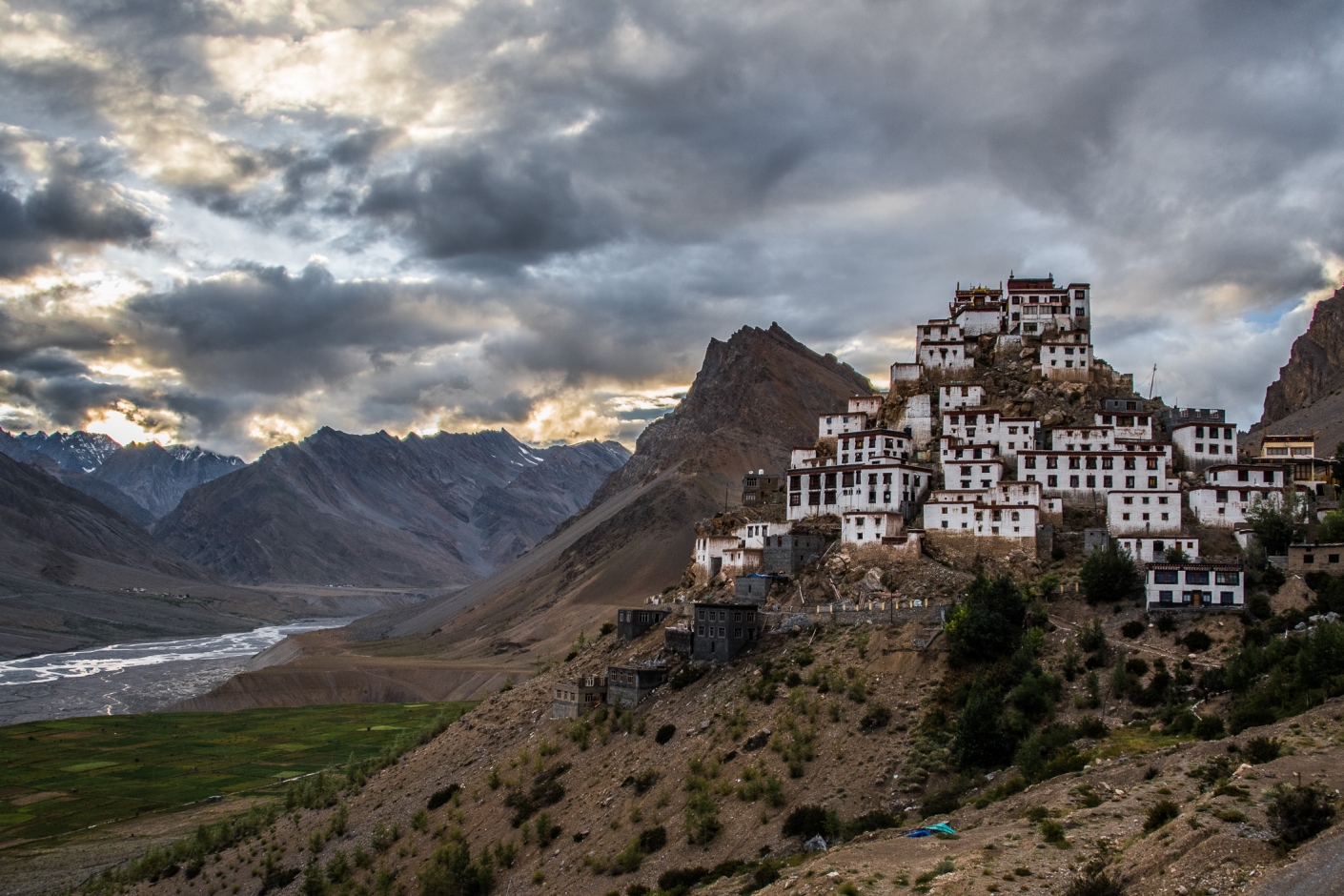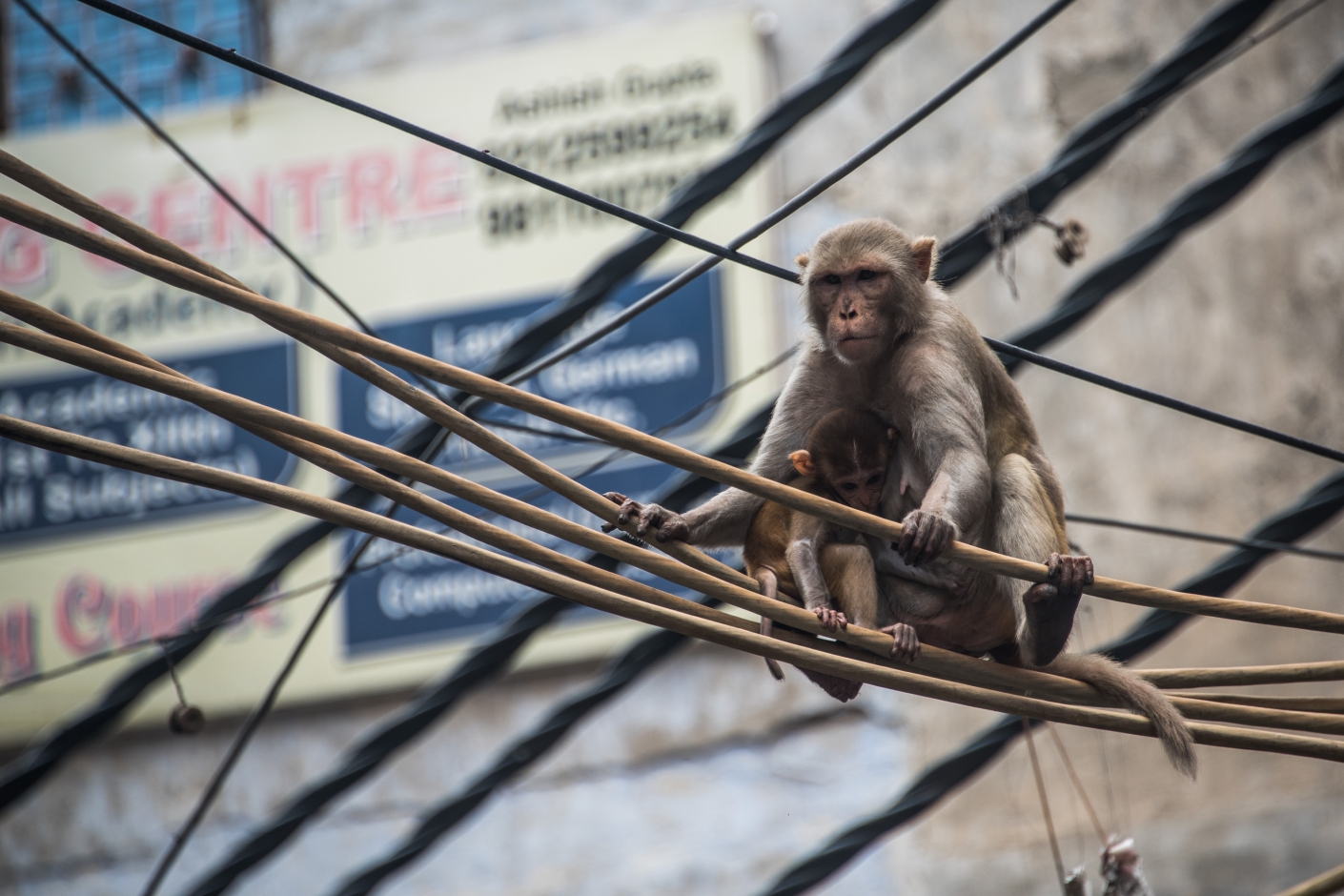We decided to take remote and rarely visited path through regions of Kinnaur, Spiti and Lahaul. These regions were opened to non-Indian visitors only few years ago, and still require special permits to visit. Yet once you embark you are guaranteed to visit places unlike anywhere else. First day of the journey you pass through lush green Shimla region, full of apple orchards, which are growing apples for the whole of India. Yet on the day 2 green slowly but surely fades away, and as you enter Kinnaur you are entering arid high-mountain desert. With similar climate as neighboring Tibet, it very rarely rains in Kinnaur or Spiti. As we're passing through the only motorable road in whole region, we are often delayed with landslides and roadblocks. Yet ultimately we get to the confluence of Spiti and Sutlej River, just few kilometers from the Tibetan frontier. From here we take the way north, towards the Spiti valley, which, with its brother region Lahaul, will be introduced in the next chapter.
While we visited Dharamshala few weeks later on the way back down from Himalayas, as it is located in similar settings as aforementioned places it is rightfully included in this chapter. Dharamshala is the seat of Tibetan Government in exile, and His Holiness Dalai Lama. His holiness as well as thousand of other Tibetans who were forced to emigrate of out Tibet found their new home in Dharamshala and surrounding villages. In the present still hundreds are coming every year, often walking for weeks or months dangerous roads through next-to-impassable Himalayan passes. Here they have a chance for better life: life with human rights and freedom of their religion. Yet they dare to dream and fight for the most important: Liberation of their homeland and so they can one day return.








































